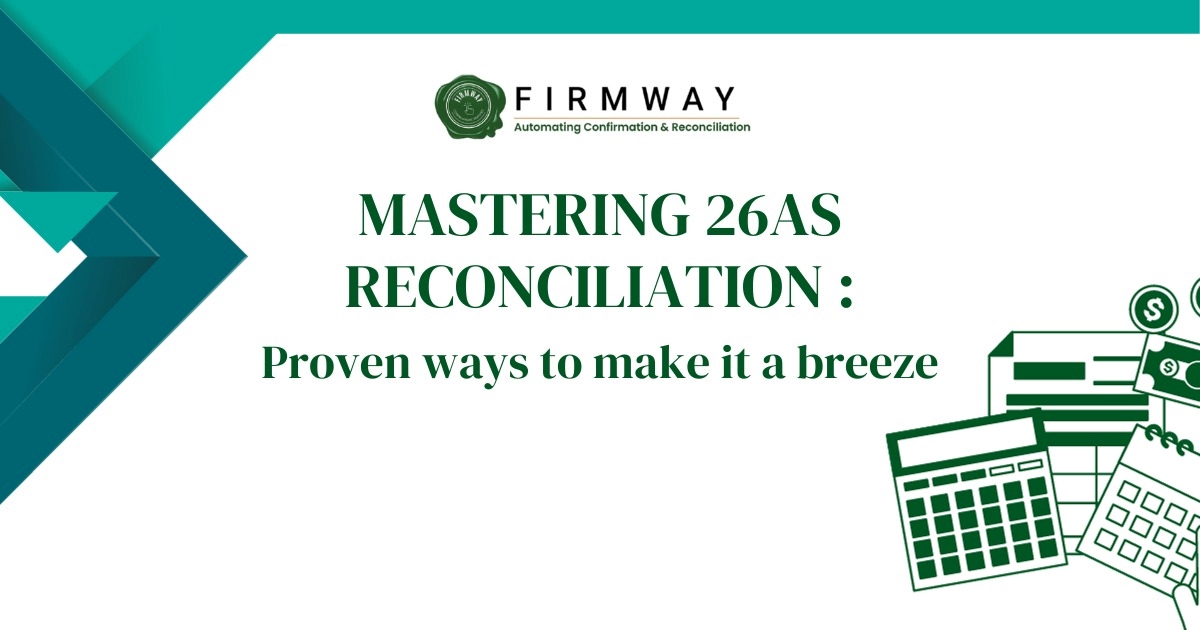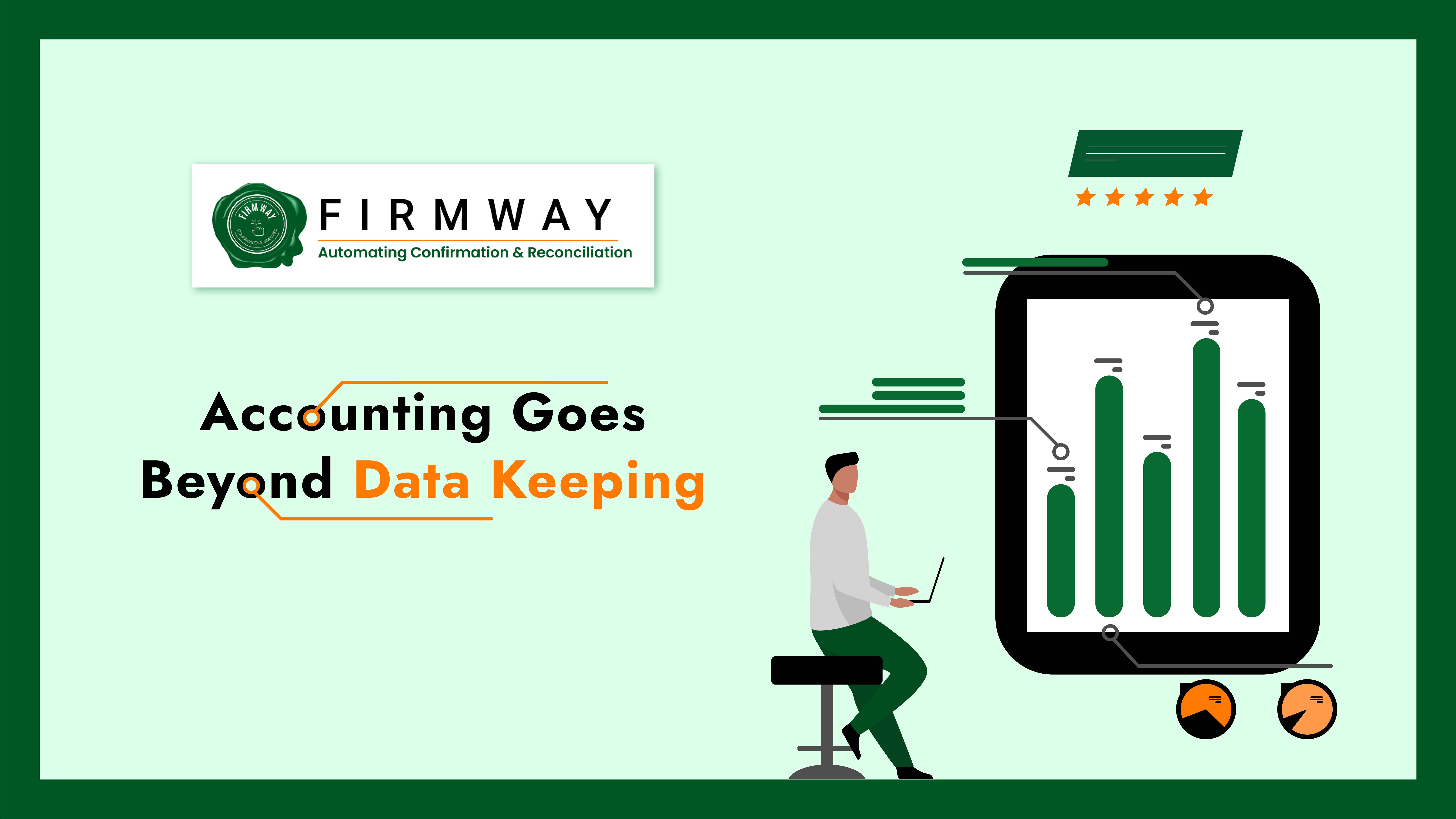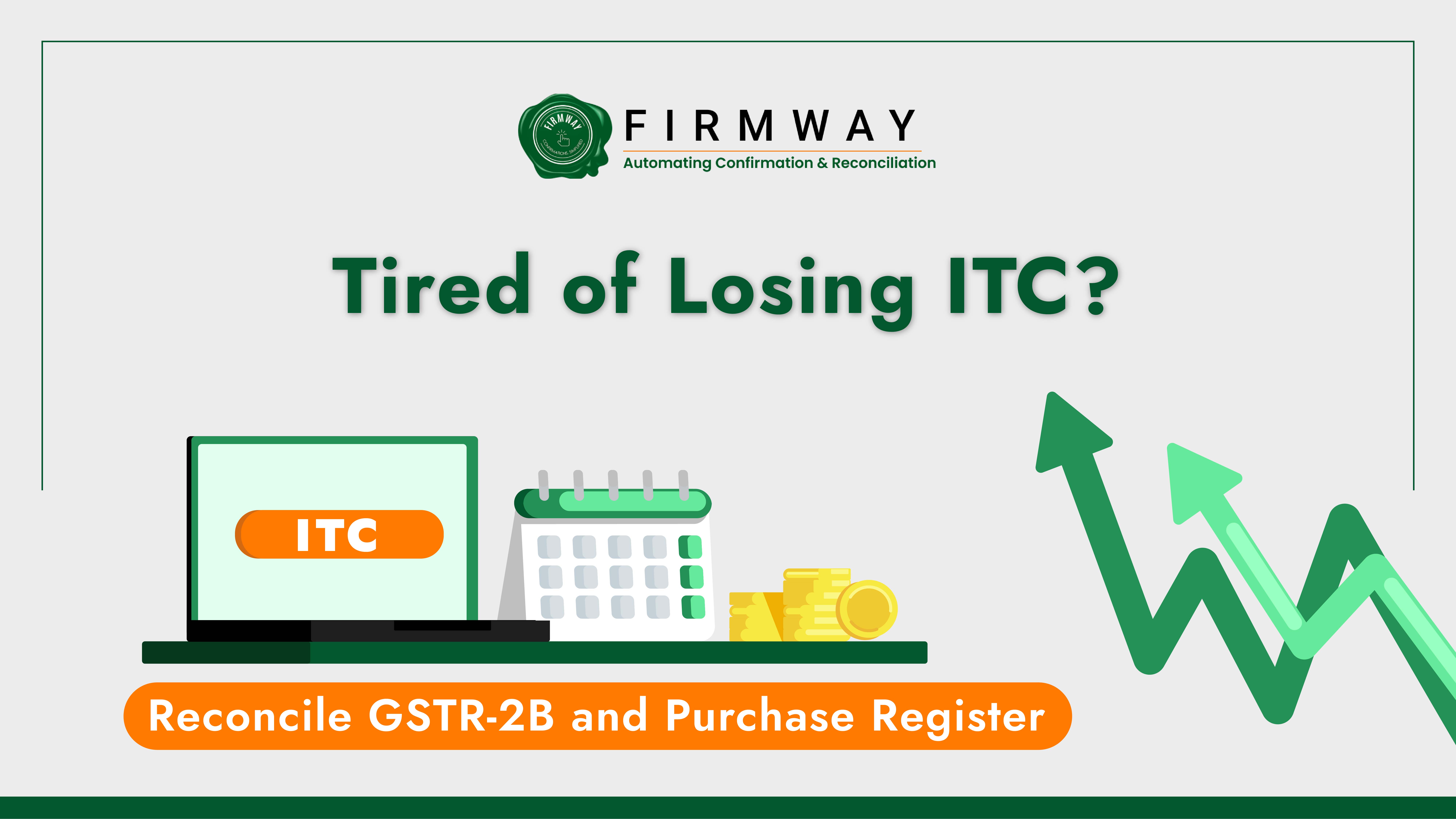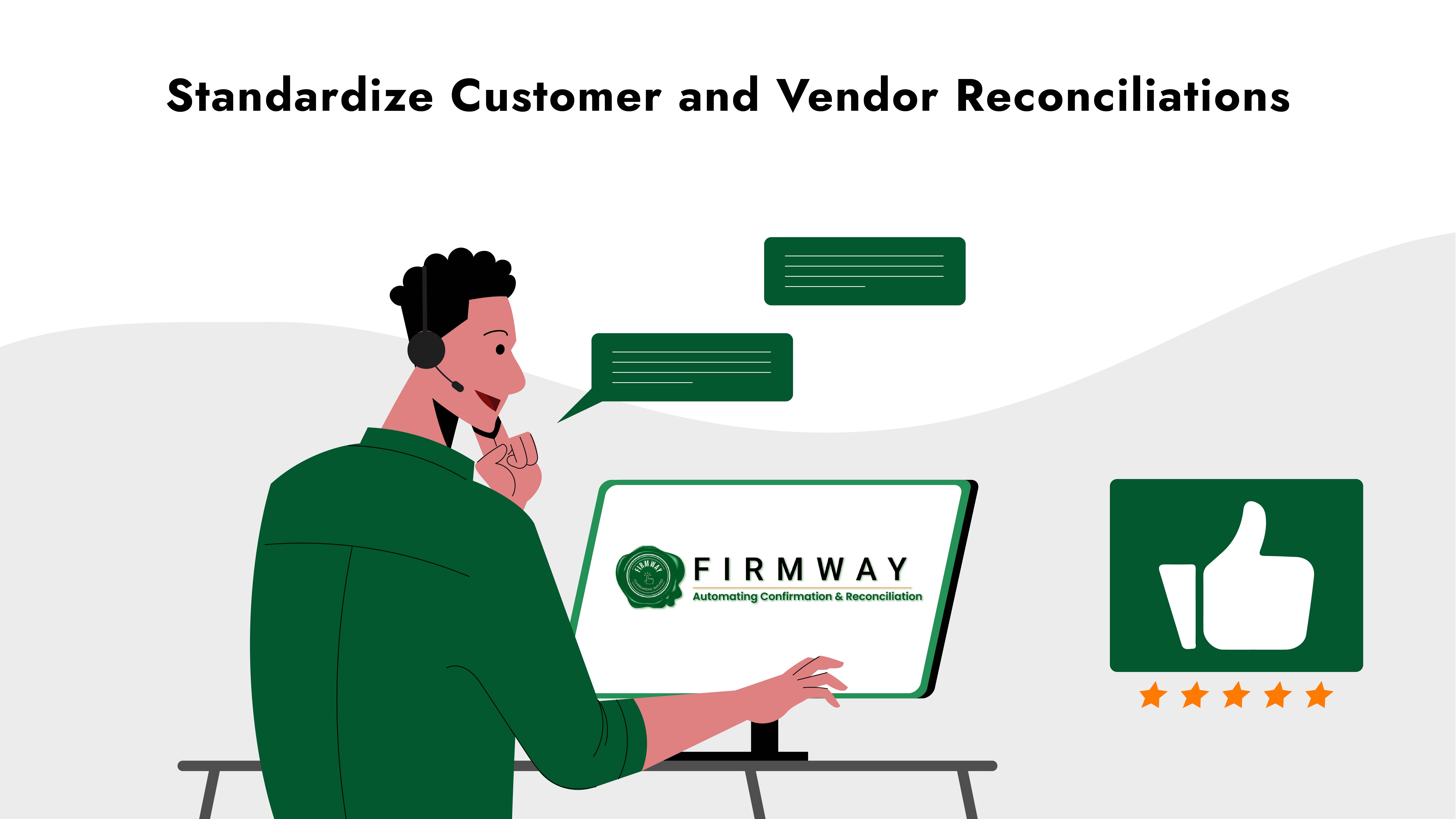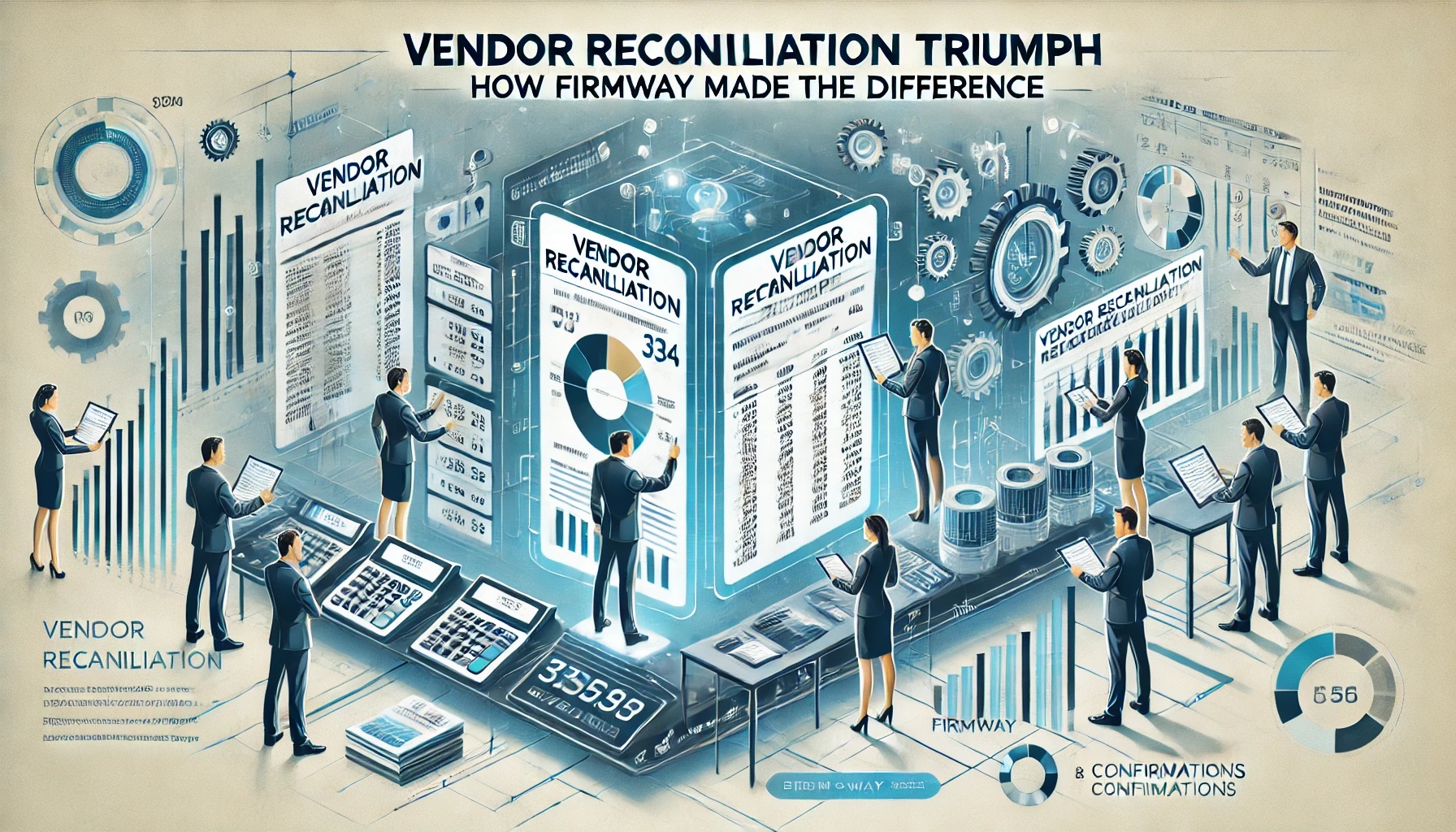Mastering Customer & Vendor Reconciliation: How Firmway Increases Reconciliation Efficiency?
Mastering customer and vendor reconciliation is a crucial account closure process that ensures the composition of an account balance matches with customer/ vendor reports. It substantiates that balances in financial statements are free from errors or misstatements. As a part of internal controls, it ensures the accuracy and completeness of certain ledger balances, such as banks, fixed assets, payables, receivables, etc.
The world is rapidly moving towards digitization, and this transformation is equally impacting the field of accounting. Automation, while a powerful tool, will not replace accountants but rather complement their roles. In fact, according to the 2021 EY Smart Closing & Reporting survey, where over 40% of company representatives were interviewed, there is a growing demand for higher levels of automation in various accounting processes, including accounts payable, receivable, and general accounting. Enter Firmway, a cutting-edge software solution that not only automates but also simplifies a wide range of reconciliation tasks, aligning perfectly with leading technology standards.
Out of all the ledger balances, reconciling customer and vendor accounts is the most tedious task due to countless transactions. Let’s understand customer and vendor reconciliation and how Firmway can increase and automate the reconciliation exercise.
Understanding Customer and Vendor Reconciliations
Customer Reconciliation
Customer reconciliation is a critical activity for every business. It involves analyzing the receivables statements to identify any errors or irregularities. Customer reconciliation is a useful tool to get a clear idea of the actual position of receivables. In certain exceptional cases, it can be effective in identifying fraudulent activities pertaining to accounts receivable.
Advantages of Mastering Customer Reconciliation
- Transactions with customers directly affect the revenue. Reconciling their accounts provides evidence supporting reported revenue.
- With regular reconciliations, you can keep track of aging accounts to ensure timely follow-ups.
- Helps facilitate internal and external audit and identify prospective bad-debts at an early stage.
- Significantly reduce the likelihood of errors in receivable account management.

Vendor Reconciliation
It involves comparing general ledger balances of vendors (suppliers) with statements from concerned vendors to identify and resolve differences.
Vendor reconciliation means reconciliation of a vendor’s account with the statement provided by the vendor.
Benefits of Mastering Vendor Reconciliation
- Vendor balances are a result of credit purchases. Therefore, vendor reconciliation statements provide supporting evidence of purchases.
- Regular reconciliations help you resolve disputes and ensure the timely settlement of vendor accounts.
- Process checks the entity’s payables to vendor and vendors’ outstanding balances. This enables the company to identify duplicate invoice bookings.
Reconciling vendor and customer balances involve the study and analysis of countless transactions. KPMG’s Automation of financial reporting and technical accounting, September 2019 report, shows that more than 50% of businesses prepare financial records using MS Word and Excel. Furthermore, it is not a sustainable solution to accommodate the growing number of e-commerce transactions. Additionally, customer and vendor reconciliations provide corroborating evidence for two major account heads – revenue and purchases, of an Income statement. Moreover, the quality of these accounts is afflicted by manual intervention. As a result, inefficiency in the reconciliation process enhances the susceptibility of financial records to errors and misstatements.
Streamlining Reconciliation with Firmway’s Automation Software
To address these deficiencies effectively, it is essential to standardize and streamline the reconciliation process using automation software. With Firmway’s Reconciliation software, data retrieval from customers and vendors is automated, ensuring a seamless experience. Moreover, using the embedded algorithm and smart AI tool, it can swiftly convert it to Excel format, organize it, and meticulously compare it with accounting records of respective companies to identify discrepancies. As a result, it saves accounting staff a considerable amount of time, allowing them to efficiently analyze the above-found differences.
Firmway: Your Solution for Seamless Customer and Vendor Reconciliation
Firmway is a web-based SaaS software providing automation in the space of confirmations & reconciliation. It offers multiple tools and services to automate all-round reconciliation and confirmation exercise whether it’s Customer & Vendor Reconciliations, 26AS Reconciliation, MSME Confirmations. It helps accountants and auditors utilize time and resources on analytical work rather than gathering and reconciling information. How are you dealing with reconciliations and confirmations? Time to do it with Firm-way!



